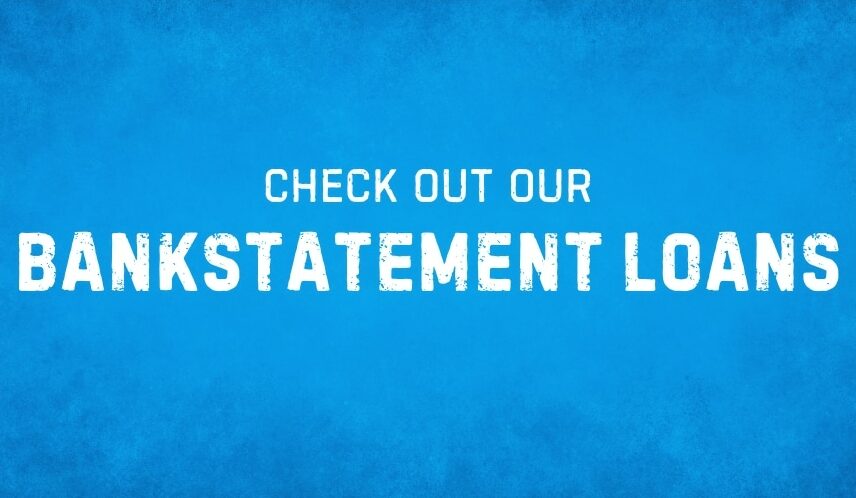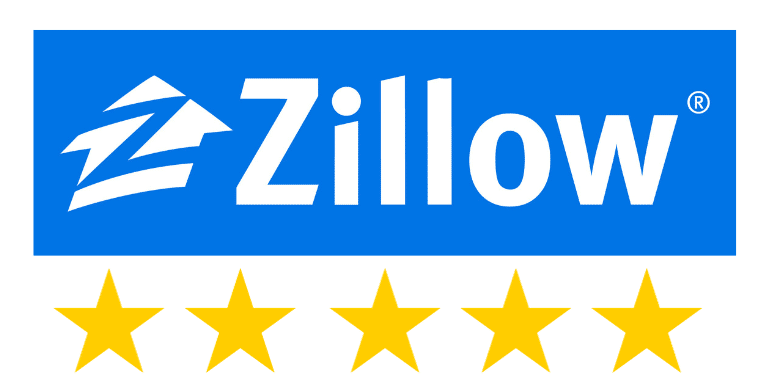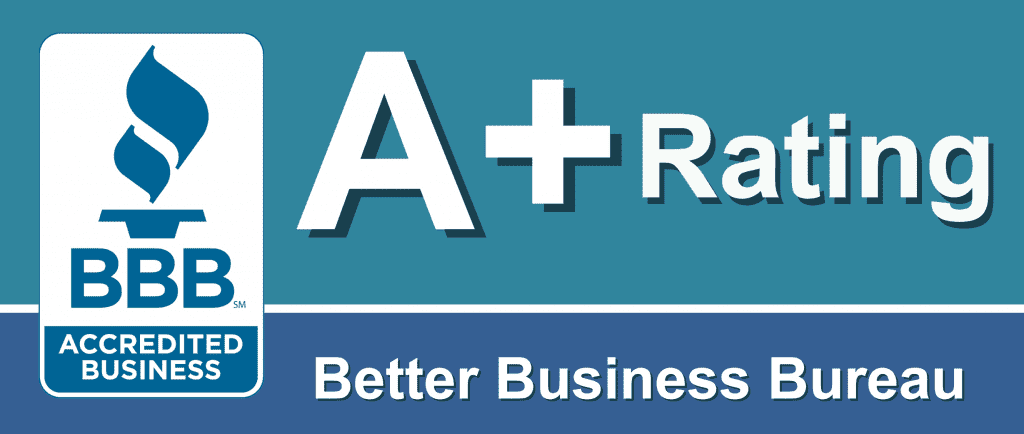
Mortgage Subordination Explained
A mortgage subordination is when a lien holder of a fixed-rate second mortgage or a Home Equity Line of Credit (HELOC) agrees to remain in a “second position” on your property title while a new first mortgage is put in place. This process occurs when you refinance your first mortgage.
This means that if you default on your mortgage, the second position fixed-rate mortgage or HELOC would only get paid through the sale of the property after your first position mortgage was fully paid.
Below I’ll explain the details of a mortgage subordination, including the steps to obtaining the subordination agreement, examples, and the impact it has on your refinance.
Mortgage Subordination Example
Here is just one example an underwriter might see when reviewing a loan application.
A homeowner has owned their home for ten years and, four years ago, decided to get a HELOC for a total line of $100,000.00. And the money was used to renovate the house.
The homeowner’s first mortgage rate is 6.00%, and recently mortgage rates have moved lower. The homeowner decides to take advantage of the lower first mortgage rates and inquiries about refinancing and has a current first mortgage balance of $380,000.
The estimated value of the home is $645,000, and the homeowner wishes to keep the HELOC in place. The homeowner’s LTV (Loan-To-Value ratio, which is the first mortgage compared to the value of the home) is 58.9%, and the CLTV (“C” stands for combined, and this means both the first mortgage and HELOC compared to the value of the home) is 74.4%
Here is the math calculation;
- LTV: 380,000 / 645,000 = 58.9%
- CLTV: 480,000 / 645,00 = 74.4%
The homeowner then applies for the first mortgage with the intention of subordinating the HELOC. Once they’ve obtained an underwritten approval, they request the HELOC lender subordinate to the new first mortgage.
Do You have a question or need a quote?
Contact KevinLow rates, fast closings, and exceptional service.
Five-Step Mortgage Subordination Process
Below are the details on how to complete a mortgage subordination process.
Contact Loan Officers For Quotes
The first step in the mortgage subordination process is to contact two-three Loan Officers for quotes. You must fully disclose to the Loan Officer that you wish to subordinate a second mortgage. Failure to let the Loan Officer know will result in a quote that is not accurate.
Here is the additional information you should have ready before calling for quotes;
- The current loan balance of the 1st mortgage
- The current loan balance of the 2nd mortgage (or HELOC)
- If you have a HELOC, the total line amount
- An understanding of your credit history and if you have an Excellent, Good, Average, or Low credit score.
- An estimated value range of your home
- What type of property is it?
- Do you live in the home, is it a second home, or is it a rental?
Having this information ready before you call will make getting a quote much more efficient.
Questions To Ask The Loan Officer
Here are some questions you should ask the Loan Officer.
- Are you familiar with the subordination process?
- Do you charge any extra fees for doing a subordination?
- What is your estimated timeline to complete the subordination process?
- What are your total fees, including all lender and 3rd party fees, Loan Origination fees, and Discount points?
Asking these questions will help you secure a better rate at a lower cost. Also, it’s important to know if the Loan Officer is familiar with the subordination process.
Complete The Application And Send In Your documentation
The second step in the mortgage subordination process is to complete the mortgage application and send in the necessary refinance documentation.
One of the most important things to remember is to send in a copy of the Note for your second mortgage (or HELOC). This is a requirement because the underwriter needs to know what the terms of your loan are (the one that is being subordinated).
The information about your subordinated mortgage is factored into your debt-to-income ratio.
Move Forward To Underwriting
The third step in the mortgage subordination process is moving forward to underwriting. During this time, your Loan Officer will order the appraisal (if one is necessary).
Underwritten approvals can generally take less than a week unless your lender is backed up. With a moderate workload, most mortgage lenders will issue the initial approval within two to four days.
Request The Subordination
The fourth step in the mortgage subordination process is to request the subordination from your current second mortgage lender (or HELOC). Before making the request, you’ll want to ensure your refinance application is approved.
Prepare to wait for one to two weeks to hear back.
Mortgage Subordination Approval
The fifth step in the mortgage subordination process is obtaining the subordination approval. Once that happens, your second mortgage company (or HELOC) will issue the legal documentation needed. The original goes to the Title company, and a copy of the documentation goes to the lender for a final review before they move the file to close.
At closing, you’ll sign your loan documents and your subordination documentation. Then you close!
Mortgage Subordination Requirements
Here are mortgage subordination requirements from JP Morgan Chase and Bank of America. Every bank has its own requirements; however, most will be similar to what is listed below.
JP Morgan Chase Mortgage Subordination Agreement
JP Mortgage Chase Bank will agree to a mortgage subordination if specific terms are met. In my experience, Chase takes two to four weeks to process and issue a subordination agreement (starting from the day they receive all the required documentation).
Here is a checklist;
- Chase Subordination Fee: They require $250 to be paid upfront (payable to JPMortgage Chase Bank N.A
- A completed JPMortgage Chase Bank N.A. Worksheet
- A copy of the preliminary title report
- A copy of your home appraisal
- A copy of the Uniform Residential Application Form (your loan application)
The JPMortgage Chase Bank N.A. worksheet requests the following information;
- Name, Address, and Social Security number for all borrowers
- Chase mortgage or HELOC account number
- New first mortgage information, such as the name of the lender and new first loan amount
- The type of loan the Chase second mortgage or HELOC is subordinating to
- Contact information for the person requesting
These Chase subordination requirements may be updated at any time, so please get in touch with Chase directly for the most up-to-date information.
Bank of America Mortgage Subordination Agreement
A Bank of America mortgage subordination is similar to the Chase subordination process. Here is a checklist of the items you’ll need;
- Subordination Checklist
- Uniform Loan Application
- Transmittal Summary (form 1008 – the Loan Officer will know what this is)
- Payoff letter from your current first mortgage
- Appraisal report
- Preliminary title report
- Closing Disclosure or Loan Estimate
- Signed and dated Borrower Authorization
- Flood insurance (if applicable)
- Conditional Approval letter from the first mortgage lender
- FHA home loan or VA home loan supporting documentation
- Overnight shipping label
As you can see, the documentation list for Bank of America is much more extensive than Chase’s. The Bank of America subordination worksheet requests the following information;
- You’ll need to disclose the loan program type; traditional rate/term refinance, cash-out refinance, FHA or VA Streamline refinance, or ARM
- If you are requesting a line reduction
- Name, address, and complete contact information
- Your Bank of America account number
- If you are changing the vesting, you’ll need to provide the new vesting
- The new lender information
- Where Bank of America should send the subordination documentation to
The Bank of America requirements may change without notice, so please check with them to get the most up-to-date list of items and information needed.
What Are The Impacts of a Mortgage Subordination?
There are specific impacts you should consider when completing a mortgage subordination.
- Delayed Closing
- Higher mortgage rate
A refinance with no subordination generally takes 21-30 days to close unless underwriting is swamped with loan applications to review. If there is a mortgage subordination, the process will usually take 40-60 days.
Mortgage lenders have a slightly higher interest rate when there is a mortgage subordination. Generally, the interest rate is 0.125% to 0.375% higher.
Do You have a question or need a quote?
Contact KevinLow rates, fast closings, and exceptional service.
Bottom Line
A mortgage subordination is a helpful tool for those who would like to refinance their first mortgage and keep the second mortgage or Home Equity Line of Credit in place. As mentioned, the downsides to this are a higher rate on your new first mortgage and an extended refinance process.
If you are interested in a mortgage subordination, be sure to discuss all the details with your Loan Officer and make sure they answer all of your questions. Under the right circumstances, a mortgage subordination is a big positive for some homeowners.
















